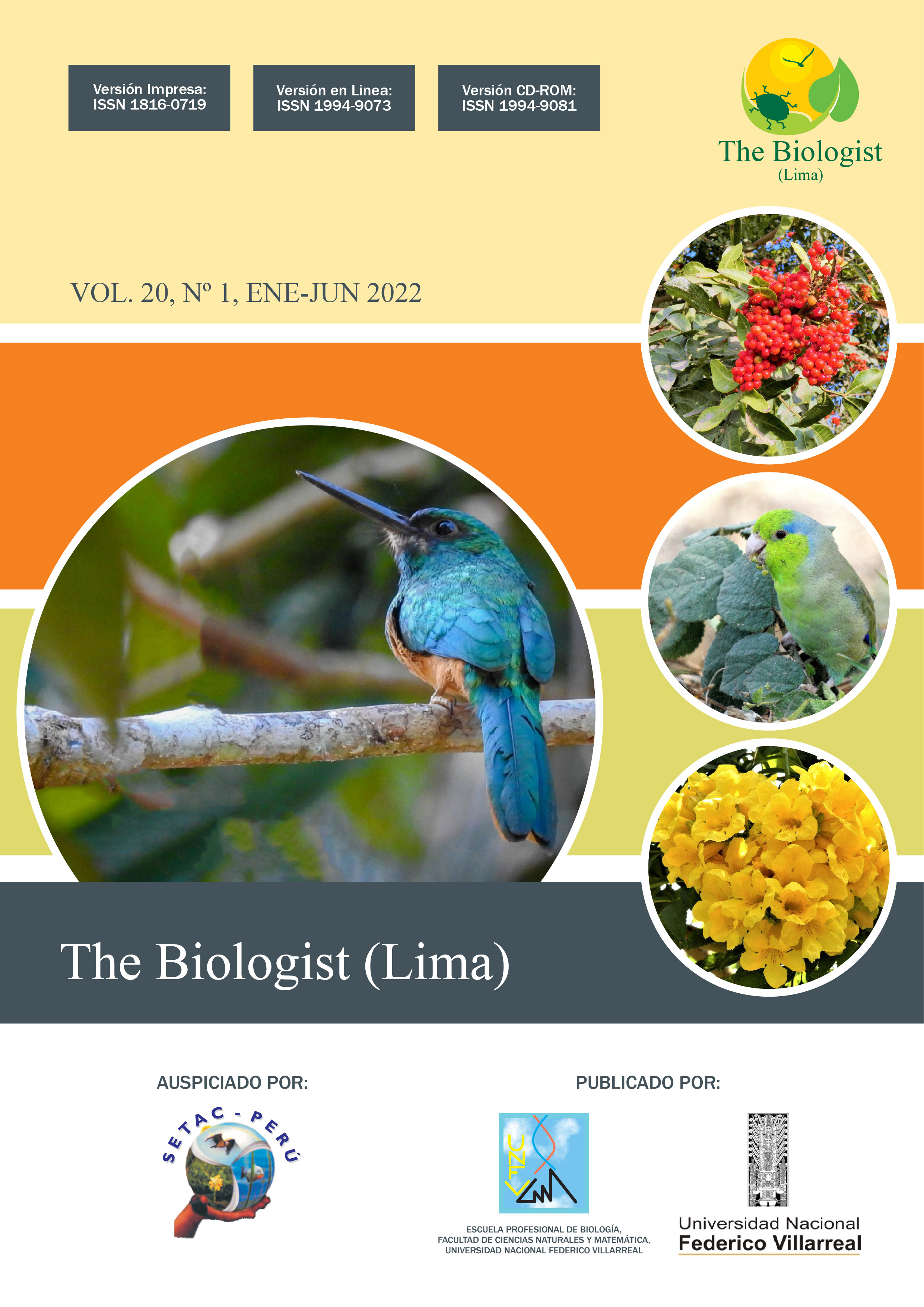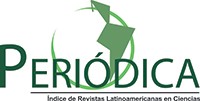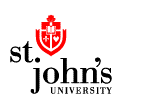SUSTAINABILITY INDICATORS APPLIED TO TWO DAIRY FARMS IN MAYABEQUE PROVINCE, CUBA
DOI:
https://doi.org/10.24039/rtb20222011302Keywords:
Diagnostic, livestock, indicators, Mayabeque, problems, sustainabilityAbstract
The present work was developed with the objective of evaluating the sustainability indicators in two dairy farms (A and B) of the Mayabeque province, Cuba. An agroecological diagnosis was carried out with student participation through a system approach to identify and rank problems during the dry season. In dairy A, a sustainable animal production project was carried out, while in dairy B the traditional production system was maintained. The sustainability of the agroecological bases was evaluated, by weighting 13 indicators based on the average potential of the dairy farms and the participatory techniques used. These were selected based on international experience and adapted to the conditions of Cuba. The work included the identification and modeling of systems, analysis of processes and of productive, ecological and socioeconomic indicators. Among the tools used are the search for secondary information, participatory observation, surveys, semi-structured interviews and workshops. The Vester matrix was used for the ranking of problems and the construction of the causal tree and they were interpreted using the Funes radar graph in 1997. A comprehensive analysis was achieved for the fundamental dimensions in both units that influence sustainability and with the benefit of the application of agroecological measures in the transformation of livestock ecosystems towards sustainable production systems. It was revealed that food was identified as the central problem, of the eight classified as causes, of the 14 hierarchical problems. It is concluded that the system approach facilitated the identification of the interactions between subsystems and the analysis of the productive and socioeconomic processes.
Downloads
Published
How to Cite
Issue
Section
License

This work is licensed under a Creative Commons Attribution-NonCommercial-NoDerivatives 4.0 International License.
Objeto: El AUTOR-CEDENTE transfiere de manera TOTAL Y SIN LIMITACIÓN alguna al CESIONARIO (Revista The Biologist (Lima)) los derechos patrimoniales que le corresponden sobre sus obras por el tiempo que establezca la ley internacional. En virtud de lo anterior, se entiende que el CESIONARIO adquiere el derecho de reproducción en todas sus modalidades, incluso para inclusión audiovisual; el derecho de transformación o adaptación, comunicación pública, traducción, distribución y, en general, cualquier tipo de explotación que de las obras se pueda realizar por cualquier medio conocido o por conocer en el territorio nacional o internacional.
Remuneración: La cesión de los derechos patrimoniales de autor que mediante este contrato se hace será a título gratuito.
Condiciones y legitimidad de los derechos: El AUTOR-CEDENTE garantiza que es propietario integral de los derechos de explotación de la(s) obra(s) y en consecuencia garantiza que puede contratar y transferir los derechos aquí cedidos sin ningún tipo de limitación por no tener ningún tipo de gravamen, limitación o disposición. En todo caso, responderá por cualquier reclamo que en materia de derecho de autor se pueda presentar, exonerando de cualquier responsabilidad al CESIONARIO.
Licencia de acceso abierto: El AUTOR-CEDENTE autoriza que manuscrito publicado en la Revista Científica The Biologist (Lima) (versión Impresa ISSN 1816-0719, versión en línea ISSN 1994-9073) permanece disponible para su consulta pública en el sitio web http://revistas.unfv.edu.pe/index.php/rtb/index y en los diferentes sistemas de indexación y bases de datos en las que la revista tiene visibilidad, bajo la licencia Creative Commons, en la modalidad Reconocimiento-No comercial- Sin Trabajos derivados –aprobada en Perú, y por lo tanto son de acceso abierto. De ahí que los autores dan, sin derecho a retribución económica, a la Escuela Profesional de Biología, Facultad de Ciencias Naturales y Matemática de la Universidad Nacional Federico Villarreal (EPB - FCCNM - UNFV), los derechos de autor para la edición y reproducción a través de diferentes medios de difusión.









































